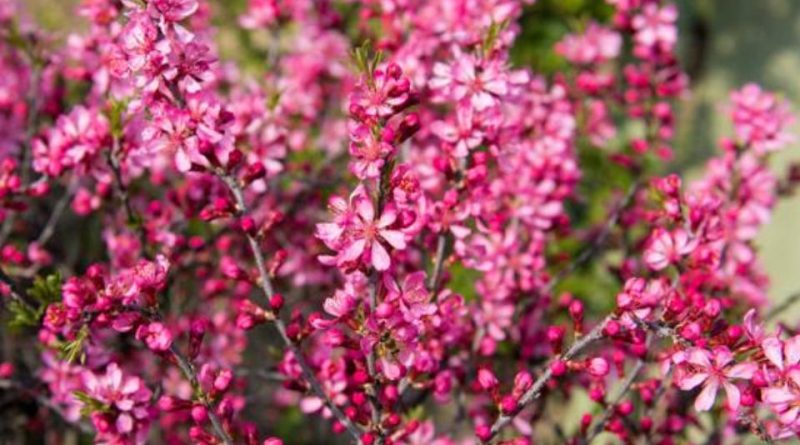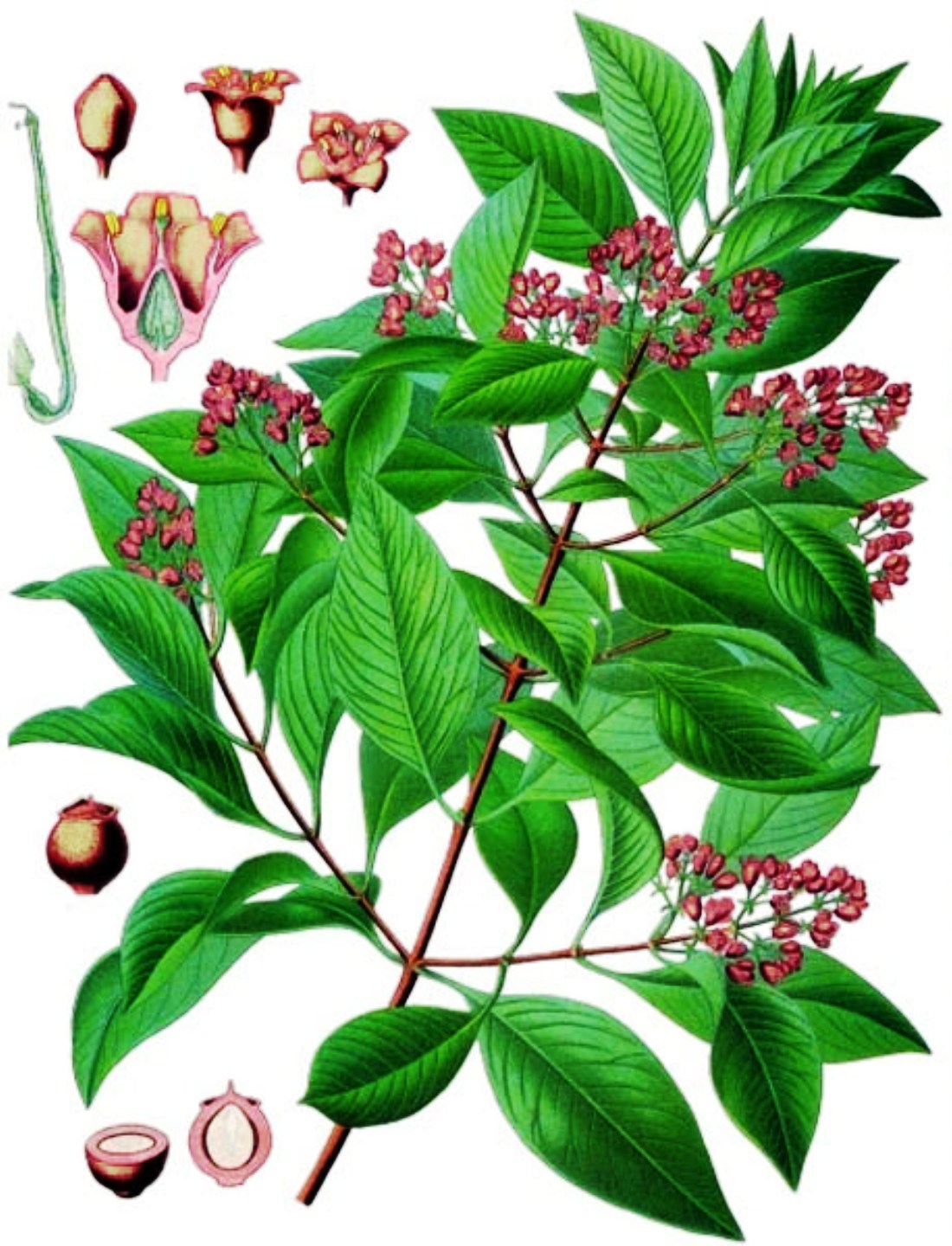Aniba rosaeodora
Aniba rosaeodora
Rosewood or Bois de Rose (Aniba rosaeodora Ducke) is an arboreal species belonging to the Lauraceae family.
Systematic –
From a systematic point of view it belongs to the Eukaryota Domain, Plantae Kingdom, Magnoliophyta Division, Magnoliopsida Class, Magnoliidae Subclass, Laurales Order, Lauraceae Family and therefore to the Genus Aniba and to the species A. rosaeodora.
The term is synonymous:
– Aniba duckei Kosterm.
Etymology –
The term Aniba comes from the Latin aniba, which is the name given to rosewood.
The specific epithet rosaeodora is of uncertain source.
Geographical Distribution and Habitat –
Rosewood is a plant native to the tropical rain forests of South America. We find it in Colombia, Ecuador, Guyana, Peru, Suriname, Venezuela and French Guyana, where previously it was more widespread.
For its exploitation it is an endangered species.
Description –
Aniba rosaeodora is an evergreen majestic tree that grows up to 30 meters in height and with a trunk of 2 meters in diameter.
The leaves are ovate lanceolate with evident ribs.
The flowers are small with an intense pink color gathered in terminal inflorescences and fragrant like the whole tree.
The fruits are purple drupes. The fruit is a purple drupe that is dispersed by toucans.
This species has 24 chromosomes with a high genetic variability among wild populations.
Cultivation –
Aniba rosaeodora, known not only as Rosewood or Bois de Rose, also as rosewood, Brazilian rosewood, but which however has no kinship relationship with real rosewood.
The tree grows in parts of the tropical rainforest of South America in its natural state and due to its high exploitation, the extraction of essential oil is in danger of extinction.
After the felling, the trees are cut into one meter long trunks and are brought to the river bank where they are accumulated and brought with the flood of the river towards the distilleries.
Due to the distance and the difficulty of traveling in the Amazon, distilleries are often mobile, mobile with raft. When they arrive at the distillery, the logs are chipped and then steam distilled.
Uses and Traditions –
Each tree produces about 1% of wood oil by weight. Most of the world production comes from Brazil, with other small productions in marginal areas. Trees are taken from areas near the Amazon and its tributaries.
The main substances present in the tree are linalool and rubranine.
The oil of this plant is a precious essential oil, especially in perfumery. Wood can be used by indigenous peoples of the Amazon basin for the purpose of making canoes, although this is a minor use. In addition, old shavings are used as fuel for the operation of distilleries.
Due to its exploitation, Aniba rosodora is an endangered species. Populations have declined rapidly due to destructive harvesting methods. The previously registered areas have not yet found sufficient regrowth. Some wild populations exist in remote locations, which is therefore unlikely to be exploited.
The Brazilian government has issued regulations to help preserve the species even if there are difficulties with the application.
Furthermore, the first artificial cultivation and propagation experiments were unsuccessful.
Some more recent attempts have been more successful.
Greater protection of the species could be achieved with the extraction of essential oil only from the leaves.
For this reason, production methods have been suggested to ensure a sustainable supply.
The essential oil of Aniba rosodora is suitable for the treatment of multiple skin problems, from dermatitis to acne, from wrinkles to scars. It is an aid to the immune system and acts in the nausea and headaches.
The main properties are: anticonvulsant, antidepressant, tonic, antiinfective, antiviral, antifungal, antirheumatic, antiseptic, antioxidant and aphrodisiac.
It can be indicated in case of fever and in some genital infections.
In general it eliminates the fear of stress, the anxieties of all kinds.
It has a calming and reassuring action – without inducing drowsiness – in people who are lost, anxious people and those who are disturbed by the negative atmospheres of places and environments.
Suitable for those who suffer from stress in urban environments, in people who suffer from the typical problems of cities such as lack of green spaces, smog, traffic noise, electromagnetic pollution.
The main uses of essential oil are as an essence in the cosmetic industry, for the production of toilet soaps, deodorants and perfumes. The wood of the plant is instead used for the production of furniture, parquet, veneers, billiard cues and in the construction of musical instruments.
Method of Preparation –
Rosewood finds multiple applications both in the pharmaceutical and cosmetic fields but with industrial preparations and for the use of wood especially in products that need particular resistance and shelf life.
Guido Bissanti
Sources
– Acta Plantarum – Flora of the Italian Regions.
– Wikipedia, the free encyclopedia.
– Treben M., 2000. Health from the Lord’s Pharmacy, Tips and experiences with medicinal herbs, Ennsthaler Editore
– Pignatti S., 1982. Flora of Italy, Edagricole, Bologna.
– Conti F., Abbate G., Alessandrini A., Blasi C. (edited by), 2005. An annotated checklist of the Italian vascular flora, Palombi Editore.
Warning: Pharmaceutical applications and alimurgical uses are indicated for information purposes only, they do not in any way represent a medical prescription; therefore, no responsibility is accepted for their use for healing, aesthetic or food purposes.


